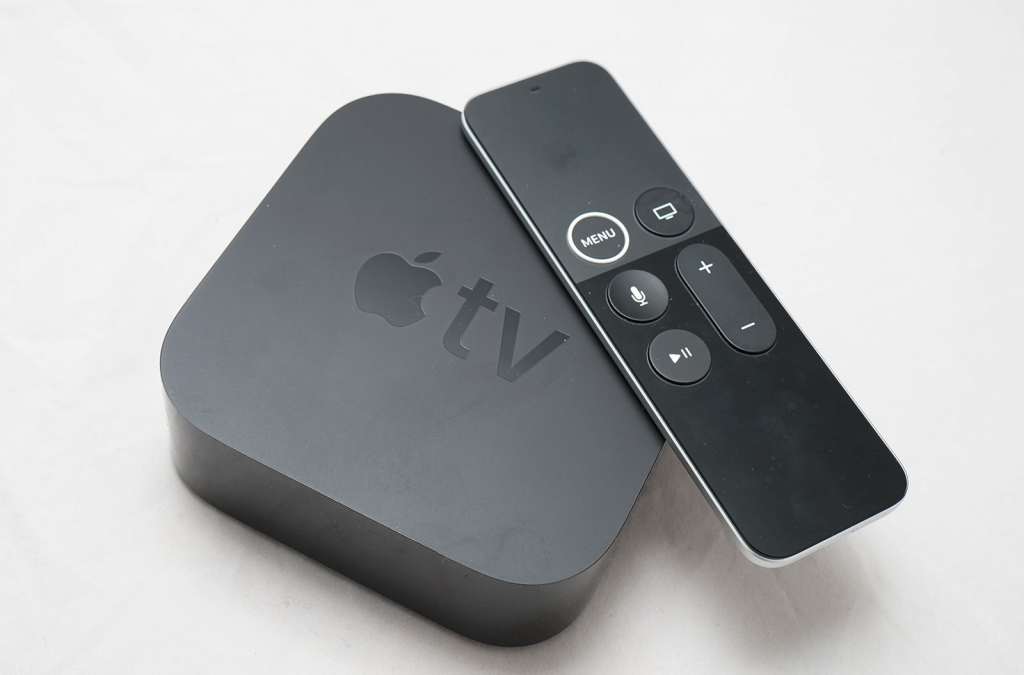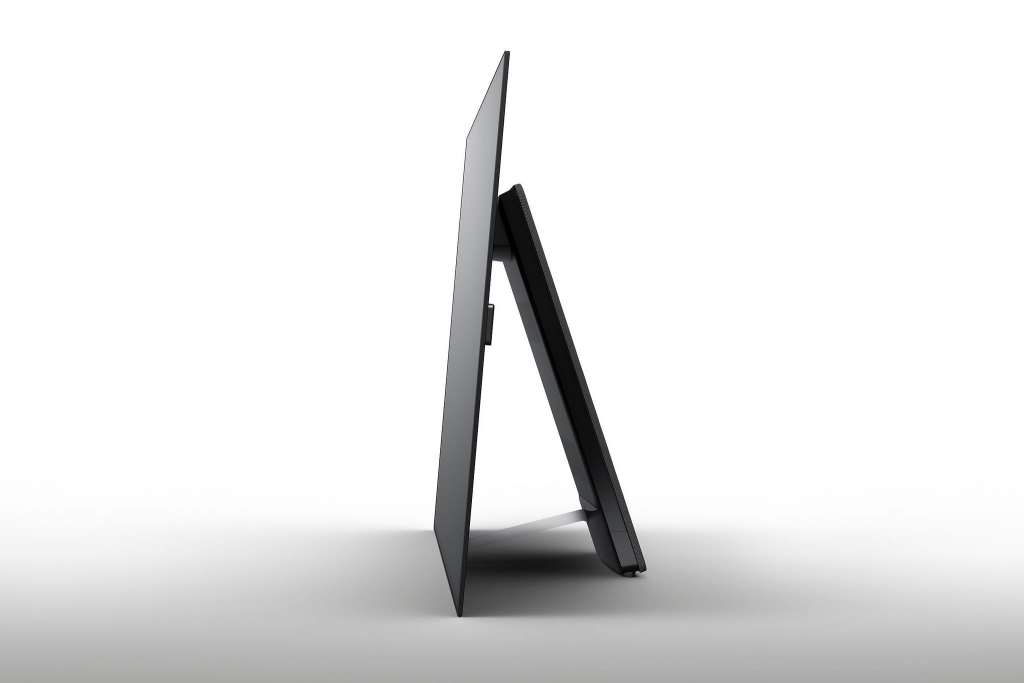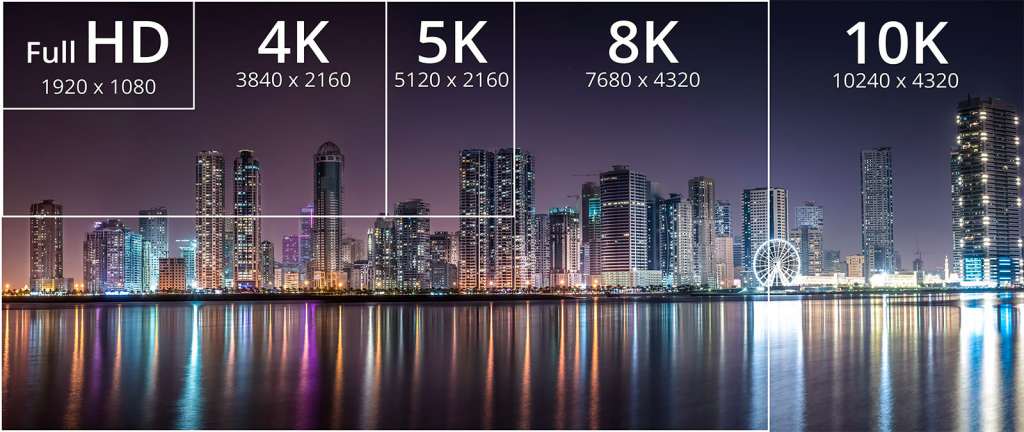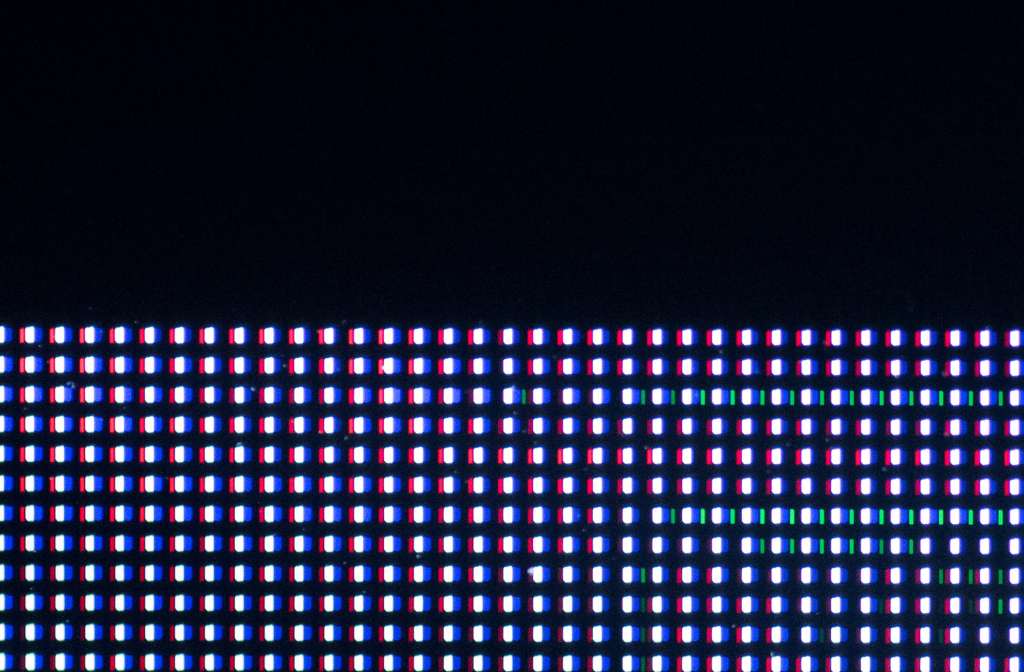CES’ surprising lack of 8K interest means we may not be ready for the extreme resolution. It might not even be ready properly for folks at home until 2020.
Back in 2013, companies introduced the world of 4K Ultra HD to much fanfare. Finally, after years of high definition and “full” high definition, there was another level of quality to reach. Twice the resolution of Full HD vertically and horizontally, it was a big deal, offering more detail and quality for films, television shows, video games, and pictures sent to the TVs.
That year, however, finding content was a touch difficult.
In fact, it wasn’t really until two to three years later that it got a little easier, as 4K started to trickle down through the web, and eventually made its way to a proper Blu-ray format made for 4K Ultra HD, not to mention the subsequent video players.
This means that there was a good two to three years of no actual Ultra HD content, meaning nothing to take advantage of those lovely screens, and no real reason to have them except to say you had something new, shiny, and capable of upscaling the old to sit with the new.
It even came with its own flaw: the first 4K TVs didn’t come with HDMI 2.0, which wasn’t finished until later, and was needed to get those much larger 4K video feeds.
In a way, 4K came a little earlier than it should have. Did we learn from those mistakes with 8K?
Well, kind of.
8K has standards, but what else?
On the upside, 8K — which will likely be known as “Ultra HD” as well — already has a standard it can work with, as the new HDMI 2.1 format received confirmation on its capabilities just before the end of 2017.
Now, HDMI can support as high as 10K, providing the 8K TVs with something to work with, and enough bandwidth for 8K media.
So that clears up the technology side of things, but what of the content?
Unfortunately, there is no 8K content available yet, outside of the odd demo or do-it-yourself activity, and maybe a few pictures from your camera.
For that, you’ll want a pretty big image to pixel peep, though, because with the resolution of 8K sitting at 7680 x 4320, you’re going to need a good 32 megapixels to make things look pixel perfect.
On 4K TVs, that’s only an 8 megapixel image, but on 8K, it skyrockets to a good 32 megapixels, so bring out those mirrored and mirrorless SLRs, because phones don’t go that size yet.
What will likely happen, though, is we’ll see 8K content sent through the web, with content sources like YouTube, Vimeo, and other places start to provide it. You’re going to want a lot of bandwidth, though, because if a 4K movie can get a good 25 to 50GB download, imagine how big it’ll be for a frame that is even bigger again (think 100 to 200GB, and you’ll probably be there).

Enough of the content, what about the TVs?
You’ll still need an 8K TV if you want to see what 8K is all about, and that’s where we get to a bit of a problem.
While CES is normally the place to see new TVs launched — and it was — 8K Ultra HD didn’t make much of a splash.
It was there on Hisense’s stand — just like it was last year — and it was also there on Samsung’s and LG’s, while Sony offered an 8K TV that was so bright, it was like you were living U2’s song and “staring at the sun”.
But none of these companies detailed much in the way of commercial availability for the technology, meaning that while the TVs exist, their Australian releases do not, at least, as of yet.

Do we even need 8K TVs?
Despite the lack of availability, we know that 8K television is coming because the technology is there. Panel makers are building it, HDMI is supporting it, and eventually film studios and distributors will bring their movies back in-house for another remastering process in the conversion of film to a new format.
Modern filmmakers are using the resolution (and higher) to film their epics, so that process may not even be as difficult in the future, and we have no doubt phones and consumer-friendly cameras that support the technology in that capture resolution will be right around the corner.
But do we need 8K at all, even if it’s coming? That’s a question for you, and how you feel about technological progress.
Digital and the high definition world changed the way we watched TV, and changed how movies rendered, shifting us not just to a clearer film platform, but also from the old days of TV’s 4:3 to the new days of film’s 16:9.
We’ve made numerous jumps over the years in video technologies, and this includes the way we store and watch media, such as from tape to optical disc to streaming media, where it now shares a space between the two, dependent on the platforms you use.
These days, the standard for TVs is 4K, and now that we have media available for it, we can see the point of it: sharper images, more detail, better colour gamut support, and an image quality that is more in line with that the filmmaker wanted you to see in the theatre thanks to the new support of TV technologies able to produce high-dynamic range (HDR) video.
But this doesn’t answer the question: do we need 8K?

It’s not really a question of “do we need it”, but rather “will we get it”, because the answer is yes, though whether or not it makes your life better remains to be seen.
In ten years time when people are playing with 8K TVs and talkin about the jump to 10K — because that’s what comes next — it will likely be a topic about detail and clarity, because that’s what the 8K conversation is mostly about, recreating the world and detailing it in pristine and picture perfect renditions on your TV.
Sure, you don’t really need 8K, per se, but it might make things better looking and easier on the eyes, and if it becomes the standard anyway, does it really matter if you don’t need it?









